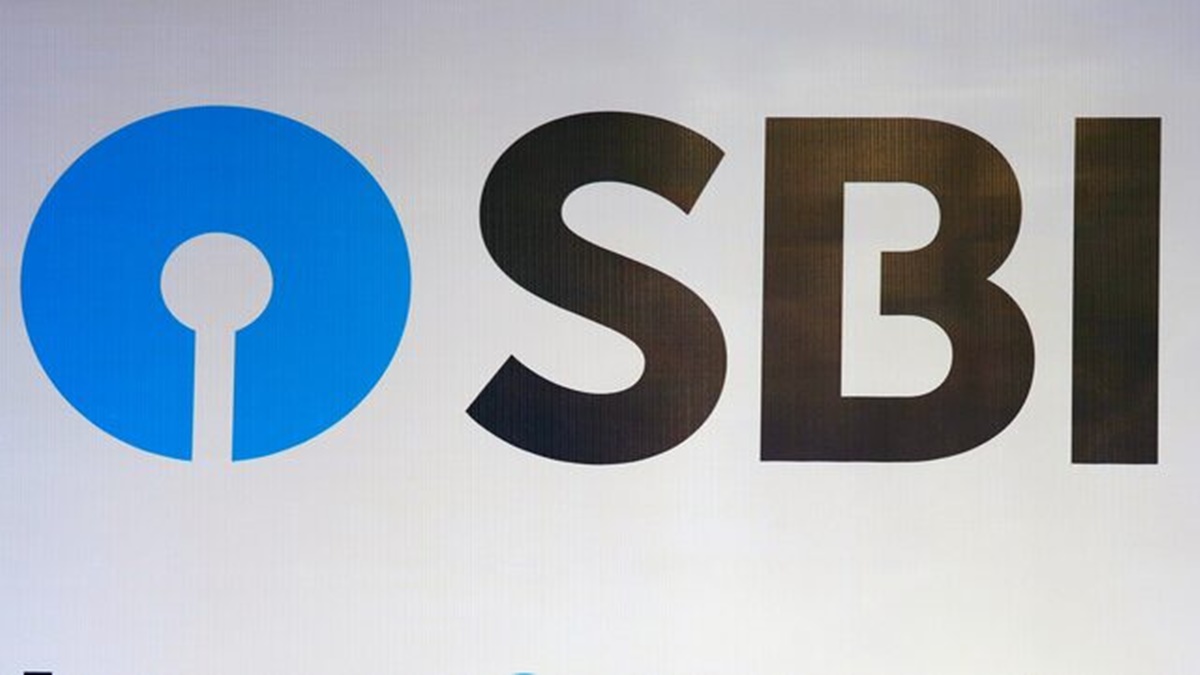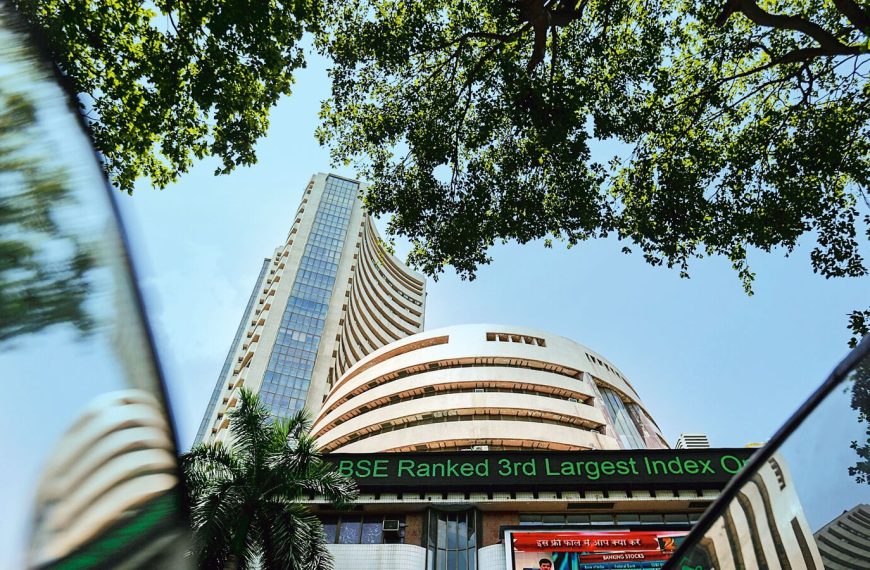Investors on Dalal Street recently turned their attention to the financial performance of State Bank of India (SBI), the nation’s largest banking institution, as anticipation built for its quarterly results for March 2025. On Friday, SBI’s stock saw a modest increase of 1.5%, closing at ₹800. Following the announcement of its quarterly earnings on Saturday, it became evident that SBI faces challenges in several operational areas compared to its smaller private sector competitors.
Key Performance Metrics of SBI
In the latest quarter, SBI reported a net interest margin (NIM) of 3.15%, down from 3.47% the previous year. In contrast, ICICI Bank achieved a NIM of 4.41%, slightly improved from 4.40% year-on-year. Kotak Mahindra Bank, which also released its quarterly results, reported a NIM of 4.97%, decreasing from 5.28% a year earlier.
- SBI’s Total Advances: Increased by 12% year-on-year, reaching ₹42.2 lakh crore. This growth was primarily driven by robust demand from the SME and agriculture sectors.
- ICICI Bank: Experienced a 13.3% year-on-year growth in advances, totaling ₹13.41 lakh crore.
- HDFC Bank: The largest private bank in India, reported a 5.4% year-on-year increase in gross advances, totaling ₹26.4 lakh crore.
Stability in Asset Quality
The asset quality metrics for the leading banks were largely stable during the March 2025 quarter. SBI’s net non-performing assets (NPAs) stood at 0.47%, improving from 0.57% the previous year. Similarly, ICICI Bank reported its NPAs at 0.39%, down from 0.42%, while Kotak Mahindra Bank recorded a decrease in NPAs to 0.31% from 0.34%.
Challenges Faced by SBI
Despite these positive indicators, SBI faced significant challenges, particularly concerning employee costs, which surged by 10.1% year-on-year to ₹18,005 crore. This increase contributed to a nearly 10% decline in standalone net profit, which fell to ₹18,642.6 crore for the quarter. In contrast, ICICI Bank’s standalone net profit surged by nearly 18% year-on-year to ₹12,629.6 crore, while HDFC Bank’s profit increased by 6.7% to ₹17,616.1 crore.
Return on Assets and Future Outlook
SBI’s return on assets (ROA) remained lower than its competitors, standing at 1.12% compared to 2.52% for ICICI Bank and 1.94% for HDFC Bank.
As the Reserve Bank of India (RBI) implements measures to enhance liquidity, including a 25 basis point cut to the repo rate at 6%, investors are keenly observing potential impacts on the banking sector. The RBI has projected a real GDP growth of 6.5% for the fiscal year 2025-26, aligning with previous projections.
Fundraising and Strategic Initiatives
SBI has received approval to raise up to ₹25,000 crore in FY26 through a Qualified Institutional Placement (QIP) or public offering, which could bolster its capital base. Investors will be closely monitoring SBI’s efforts to enhance its operational metrics to align more closely with its smaller private sector counterparts.
The Competitive Landscape
With over 22,900 branches by the end of FY25, SBI is well-positioned to capture low-cost deposits and expand its loan portfolio. Currently, SBI is trading at a P/E ratio of 9.5 based on estimated standalone earnings, while ICICI Bank stands at 19 times.
In summary, while SBI presents a compelling valuation, investors might consider waiting for more favorable pricing before making long-term investment decisions.
Conclusion
The financial performance of SBI in the March 2025 quarter reflects both growth opportunities and challenges. As the bank navigates a competitive landscape, its strategies for improvement will be crucial in determining its future success.
For more insights on banking trends and investment strategies, feel free to explore our other articles and resources.











